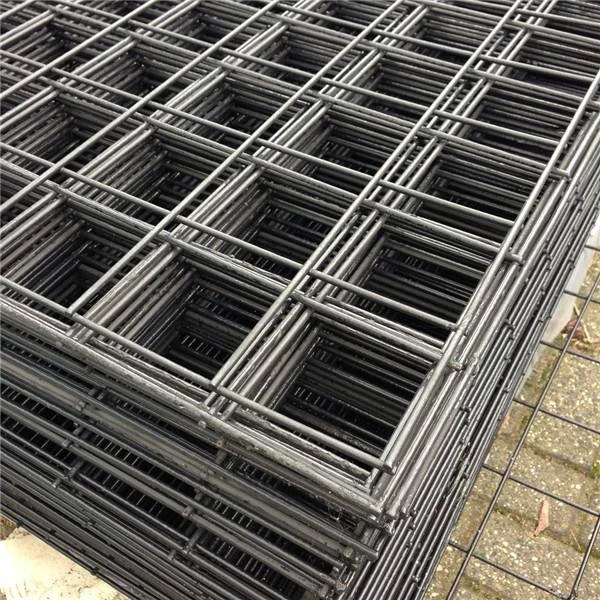
Oct . 21, 2024 09:39 Back to list
Choosing the Right Sizes for Gabion Boxes in Your Landscaping Project
Understanding Gabion Box Sizes A Comprehensive Guide
Gabion boxes are versatile structures made from wire mesh and filled with rocks, soil, or other materials. They are primarily used for erosion control, retaining walls, landscaping, and various construction projects. Understanding the various sizes of gabion boxes can help you determine the appropriate type for your specific application.
What Is a Gabion Box?
A gabion box is a wire container used to hold various materials. It is designed to allow water to pass through, making it a preferred choice for applications in drainage systems. Gabion boxes are typically constructed from galvanized steel or PVC-coated wire, which ensures durability and resistance to corrosion.
Common Sizes of Gabion Boxes
Gabion boxes come in a range of sizes to fit different applications
. The most common dimensions include1. Small Gabion Boxes Typically measuring 1x1x1 feet or 2x2x2 feet, small gabion boxes are suitable for landscape projects or small retaining walls. They are easy to maneuver and can fit into tight spaces, making them ideal for residential gardens and minor erosion control.
2. Medium Gabion Boxes These usually measure around 3x3x3 feet or 4x2x2 feet. Medium-sized gabion boxes are versatile and can be used for a variety of applications, including larger landscaping projects and more substantial erosion control measures. They provide adequate strength and can be easily stacked.
3. Large Gabion Boxes Large gabion boxes often measure 6x3x3 feet or even larger. They are designed for significant construction needs, such as large retaining walls and significant erosion control projects. They offer more volume and stability, making them suitable for areas needing substantial support.
gabion box sizes

4. Custom Sizes In addition to standard sizes, many manufacturers offer custom-sized gabion boxes tailored to specific requirements. This flexibility allows for creative engineering solutions to unique challenges.
Factors to Consider When Choosing Gabion Box Sizes
When selecting gabion boxes, various factors come into play
1. Project Requirements The size of the gabion box should align with the project's scale and purpose. For instance, heavier erosion areas may require larger boxes to absorb the force of moving water.
2. Material Type Smaller boxes can be filled with a variety of materials, including small boulders, gravel, or even soil. Larger boxes may need sturdier materials to maintain structure and performance under pressure.
3. Installation and Accessibility Consider the location of the installation site. Smaller boxes may be easier to transport and set in tight spots, while larger boxes may require heavy machinery for placement.
4. Aesthetics For landscaping purposes, the appearance is also crucial. Different sizes can create varied visual impacts in the landscape. Carefully consider how the size of the gabion box will affect the overall look.
Conclusion
Gabion boxes are an efficient solution for various construction and landscape needs, but understanding the available sizes is essential for making an informed choice. Whether you're working on a small garden project or a large construction task, knowing the dimensions, along with the considerations for material and project requirements, will help ensure you select the right gabion box. With the correct size and application, gabion boxes can provide lasting benefits, including structural strength, aesthetic appeal, and effective erosion control. Investing the time to understand your options will lead to successful outcomes in your projects.
-
Why a Chain Link Fence is the Right Choice
NewsJul.09,2025
-
Upgrade Your Fencing with High-Quality Coated Chicken Wire
NewsJul.09,2025
-
The Power of Fence Post Spikes
NewsJul.09,2025
-
The Best Pet Enclosures for Every Need
NewsJul.09,2025
-
Secure Your Property with Premium Barbed Wire Solutions
NewsJul.09,2025
-
Enhance Your Construction Projects with Quality Gabion Boxes
NewsJul.09,2025
Products categories











